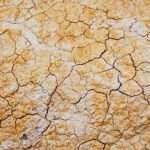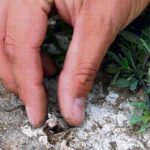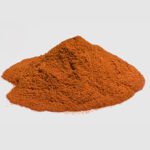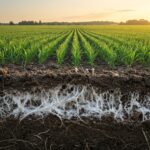Within the diversity of soil types found in agriculture, sodic soils present particular challenges that directly affect the structure of the terrain and, therefore, the health and productivity of crops. Unlike saline soils, where the main concern is the high concentration of salts, in sodic soils the central problem lies in the excessive presence of sodium ions Na adhered to the soil particles. This phenomenon triggers a series of physical and chemical problems that require specific management strategies. In this article, we will explore in depth the characteristics of sodic soils, their formation, the impacts on agriculture, and the techniques for their recovery.
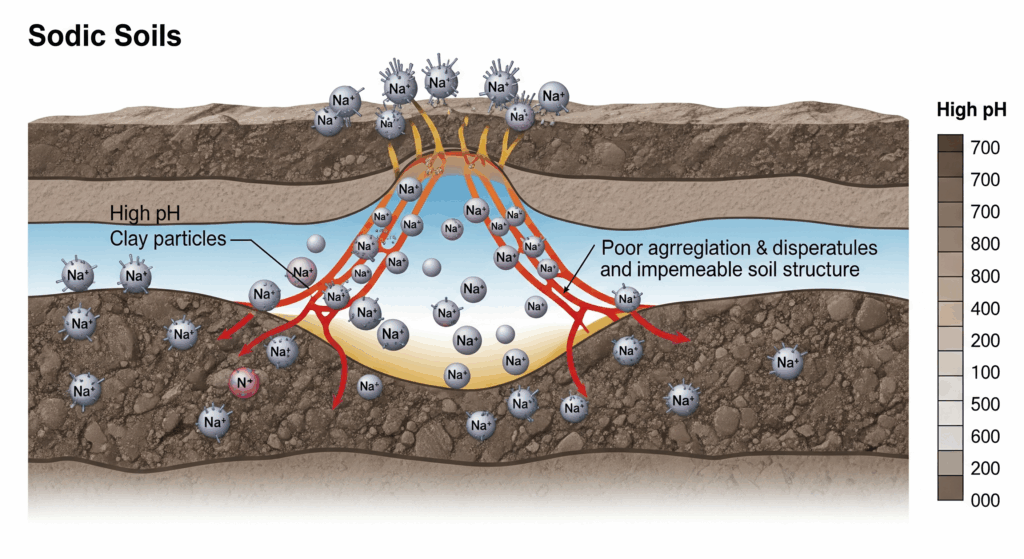
What are Sodic Soils?
A sodic soil is mainly defined by a high percentage of exchangeable sodium (ESP), which is the proportion of sodium ions adsorbed to the soil colloids (mainly clay and organic matter) in relation to the total cation exchange capacity (CEC) of the soil. Generally, a soil is considered sodic when its ESP is greater than 15%. In addition, these soils usually have an alkaline pH, often above 8.5.
How are Sodic Soils Formed?
The formation of sodic soils is influenced by a combination of geological, climatic, and management factors:
- Weathering of sodic parent rocks: The decomposition of rocks containing minerals rich in sodium can release this element into the soil.
- Semi-arid and arid climate: As with saline soils, low rainfall and high evaporation can concentrate salts, including sodium salts, on the soil surface.
- Irrigation with sodium-rich water: The use of irrigation water with a high proportion of sodium in relation to other cations (such as calcium and magnesium) can lead to the accumulation of sodium in the soil exchange complex.
- Poor drainage: The lack of adequate drainage prevents the leaching of sodium ions from the soil profile.
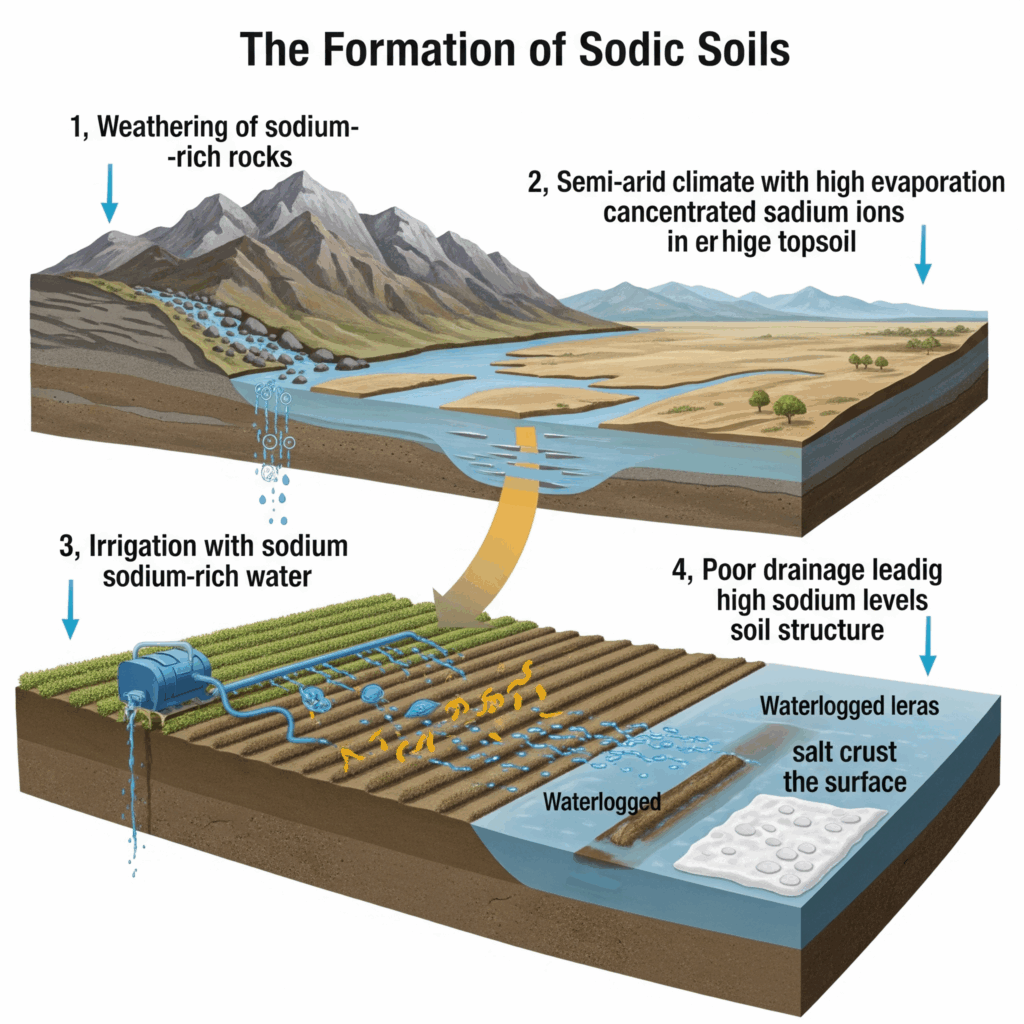
Impacts of Sodicity on Agriculture

The excessive presence of exchangeable sodium in the soil has significant negative consequences for agriculture:
- Dispersion of soil particles: The sodium ion, having a single positive charge, does not effectively neutralize the negative charges of clay and organic matter particles. This causes repulsion between the particles, leading to the dispersion of soil colloids.
- Deterioration of soil structure: The dispersion of particles results in the destruction of soil aggregates, leading to poor structure, with the formation of hard and compact surface crusts.
- Reduction of water infiltration: The surface crust and lack of aggregation reduce the rate at which water can infiltrate the soil, increasing the risk of runoff and erosion.
- Low permeability to water and air: A dispersed sodic soil has smaller and less connected pores, which hinders the movement of water and air circulation, affecting root respiration.
- Difficulty for root growth: The compact structure and lack of aeration hinder the penetration and development of the plant root system.
- Nutritional imbalances: The high pH typical of sodic soils can reduce the availability of certain essential nutrients for plants.
These structural and chemical problems translate into poor plant growth, lower crop yields, and, in severe cases, the inutilization of land for agriculture.

Management and Recovery of Sodic Soils
The recovery of sodic soils focuses mainly on replacing the adsorbed sodium with divalent cations, such as calcium ($Ca^{2+}$), which promote the flocculation of soil particles and improve their structure. Common strategies include:
Gypsum Application (Calcium Sulfate – $CaSO_4 \cdot 2H_2O$)
Gypsum is the most commonly used amendment to rehabilitate sodic soils. The calcium in gypsum replaces sodium at the soil exchange sites. The displaced sodium can then be leached with good quality water, provided there is adequate drainage.
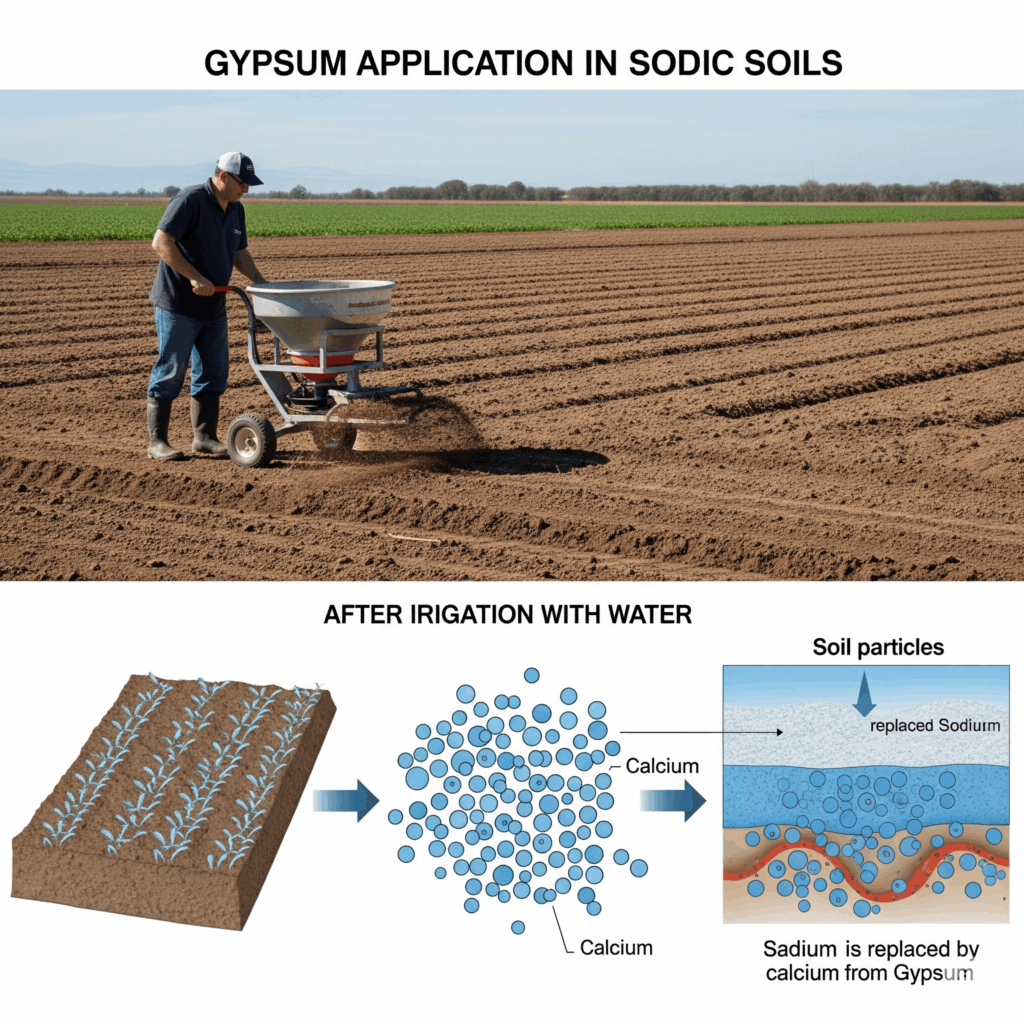
$$ Na^+ – Soil + CaSO_4 \rightarrow Ca^{2+} – Soil + Na_2SO_4 $$
The sodium sulfate ($Na_2SO_4$) formed is more soluble and can be washed out of the soil profile.
Use of Other Calcium Amendments
In some cases, other sources of calcium can be used, such as calcium chloride ($CaCl_2$) or agricultural lime ($CaCO_3$), although lime is more effective in acidic or slightly acidic soils, as its solubility is low in alkaline soils.
Washing or Leaching After Amendment
After the application of the calcium amendment, it is essential to apply enough good quality water to leach the displaced sodium out of the root zone. A good drainage system is crucial for this process.
Incorporation of Organic Matter
The addition of organic matter, such as compost, manure, or green manures, can help improve soil structure, increase water infiltration and aeration, and enhance microbial activity, which indirectly contributes to the recovery of sodic soil.
Appropriate Tillage
Avoiding excessive tillage, especially when the soil is wet, can help prevent compaction and preserve soil structure as it recovers.
Selection of Sodium-Tolerant Crops
As with saline soils, cultivating species and varieties that better tolerate sodic conditions can be a short- or medium-term strategy while recovery measures are implemented.

Conclusion: Restoring Structure for a Sustainable Agricultural Future
Sodic soils present unique challenges centered on the degradation of soil structure due to excess exchangeable sodium. However, with proper diagnosis and the implementation of recovery strategies focused on sodium replacement and structure improvement, it is possible to rehabilitate these soils and restore their agricultural productivity. Patience and an integrated approach are key to overcoming the challenges posed by sodic soils and ensuring a more sustainable agricultural future.
What strategies have you found most effective for managing sodic soils? Share your experience in the comments!
 AgronoBlog – Agriculture Blog
AgronoBlog – Agriculture Blog 